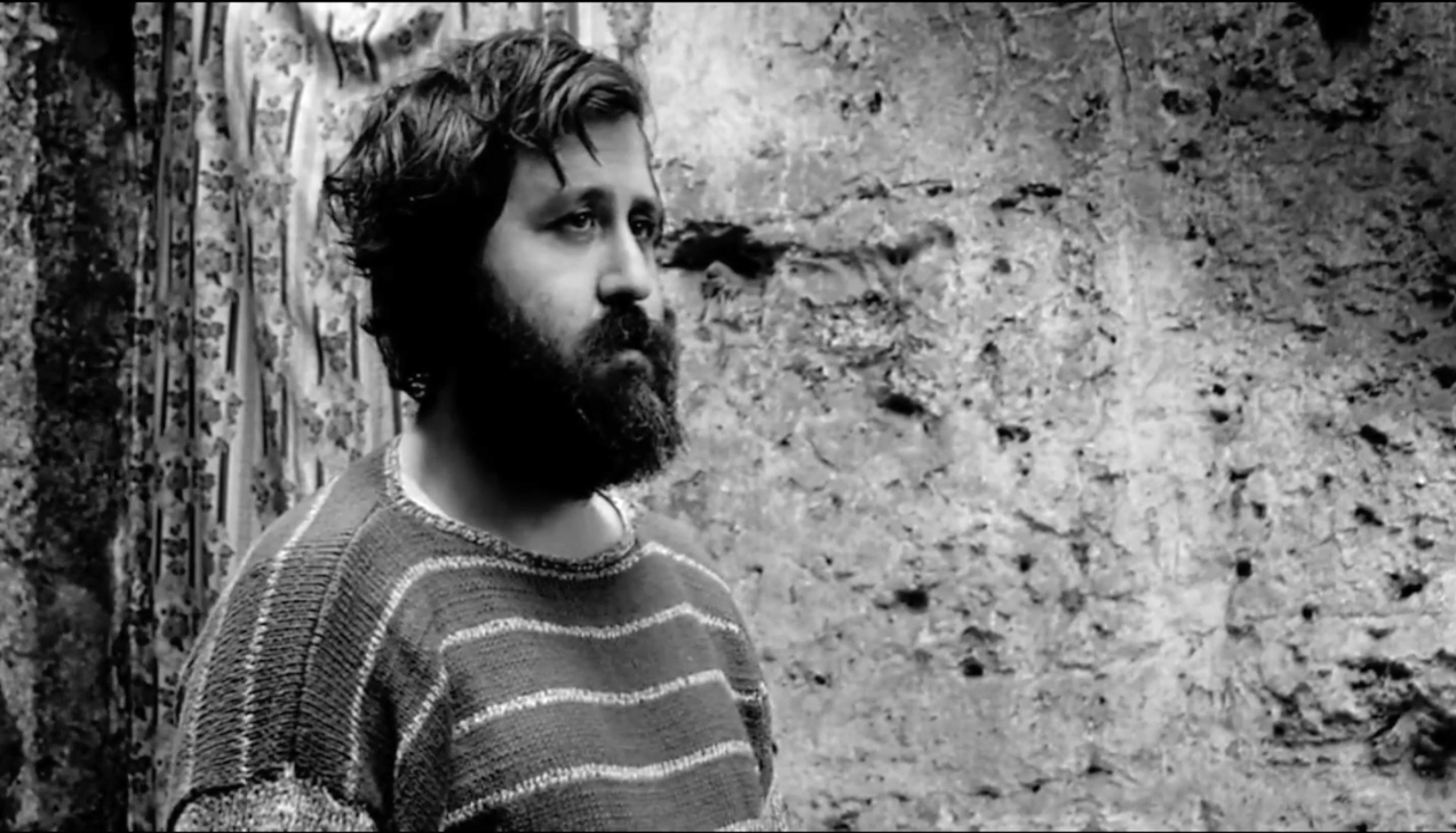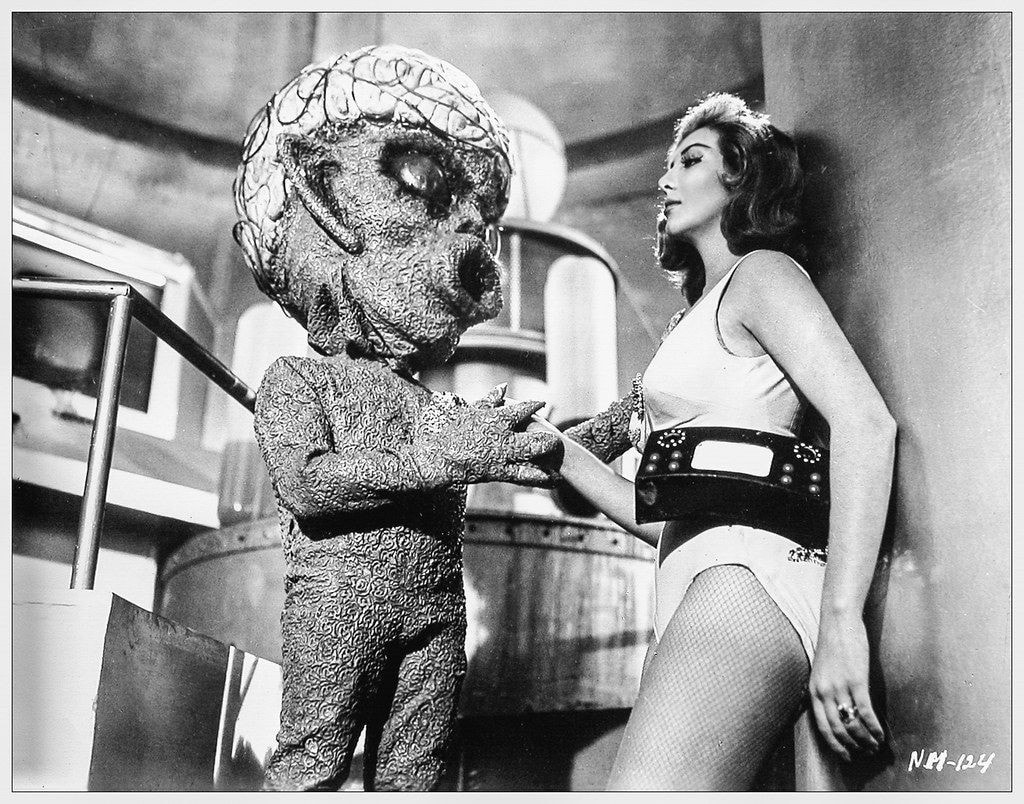
John Hughes may have his limitations as a filmmaker but in his 1985 comedy The Breakfast Club, he finds an ingenious expositional device that he uses to great effect. Five high-school students are stuck in detention on a sunny Sunday in suburbia. They are locked in the library, and it’s time for lunch. The audience is unfamiliar with five protagonists and the protagonists are unfamiliar with each other. Hughes uses their respective lunches as a way for each of them to not only introduce themselves but to establish their place in the pecking order.
First, it is the pretty socialite’s turn to unpack her lunch. With a few delicate gestures, Claire unpacks a wooden geta and places a lacquered bento box of sushi on it. She takes out her shoyu in a little glass carafe and arranges everything nicely on her desk. She is enjoying what seems to her to be a perfectly nice lunch when she realizes she is being stared at by the other kids.
Molly Ringwald’s performance as the prissy, rich girl gives what is essentially a stereotyped role an awkward depth. She is one of the ascendant elite, a mean girl, an untouchable but it can only just barely mask her raging insecurity and social anxiety.
John Bender, the bully, harasses her as the rest look on. He is disgusted by the raw fish and comments “You won’t accept a guy’s tongue in your mouth, but you’ll eat that?” But the pressure is taken off Claire when Andrew the jock, begins unpacking his own lunch. Being the healthy growing athlete that he is, he empties a large grocery bag full of food that his mother has packed for him. He explores the bag and produces enough food to feed an army. With each new item, his peers react with increasing levels of shock. Andrew has supplanted Claire as the oddball.
The camera stays at a medium shot so we can see him and the reactions of the other characters. Then the camera cuts to the back of the room where Allison is sitting. She is the goth girl or the emo, neither term was around back then. She assembles a sandwich which thoroughly reflects her creative and idiosyncratic tastes. She removes the olive-loaf on her sandwich and heaves it aloft so that it splats on a nearby statue. Then with careful precision, she pours the contents of several pixie sticks on to the bread. Her machinations are shown in close up with reaction shots of the others cut in. She then piles the sandwich high with what appears to be Captain Crunch, smashes the sandwich with grim determination, and tucks in.
While she does all this the others look on in horror. Each child must bear the scrutiny and disapproval of the rest as they reveal who they are through their lunches. The disapproval lasts only as long as it takes until the next child in line begins revealing their lunch.
The dynamic reveals the way stereotypes and expectations feed into the formation of cliques. Each student is defined in contrast to the others. Each one of them rejects the customs of the other cliques as if they are experiencing a severe culture clash.
The last to take the spotlight is Brian, the geeky, braces wearing, nerd. Bender sits down next to little Brian and begins emptying Brian’s lunch while narrating what he finds. Brian is still clearly living in a household akin to a Norman Rockwell painting. Brian’s lunch reflects his still innocent and somewhat immature attachment to his family. Bender finds a thermos of soup, a peanut butter sandwich with the crusts cut off, and a juice box.
Bender has no lunch indicating his troubled and neglectful family. It is necessary that Bender remain an outsider. He is the catalyst that creates the action. Without his harassment and hostility, there would be no revelations, no honesty, no film.
The lunch scene is essentially an expositional scene designed to familiarize us with the characters but it also illustrates the painful politics of exclusion and inclusion that are constantly at play in high-school. While addressing what is essentially a serious topic Hughes not only manages to make us laugh but he gets us to see each character’s point of view both as judge and plaintiff. We recognize each character as a stand-in for the people we remember from high school or as facets of our own identity. In the end, we all have a bit of Claire, Allison, Bender, Andrew, and Brian in each of us and have felt their pain.

If you enjoyed this article click here for more
www.filmofileshideout.com/archives/some-snippets-from-my-film-students-papers



